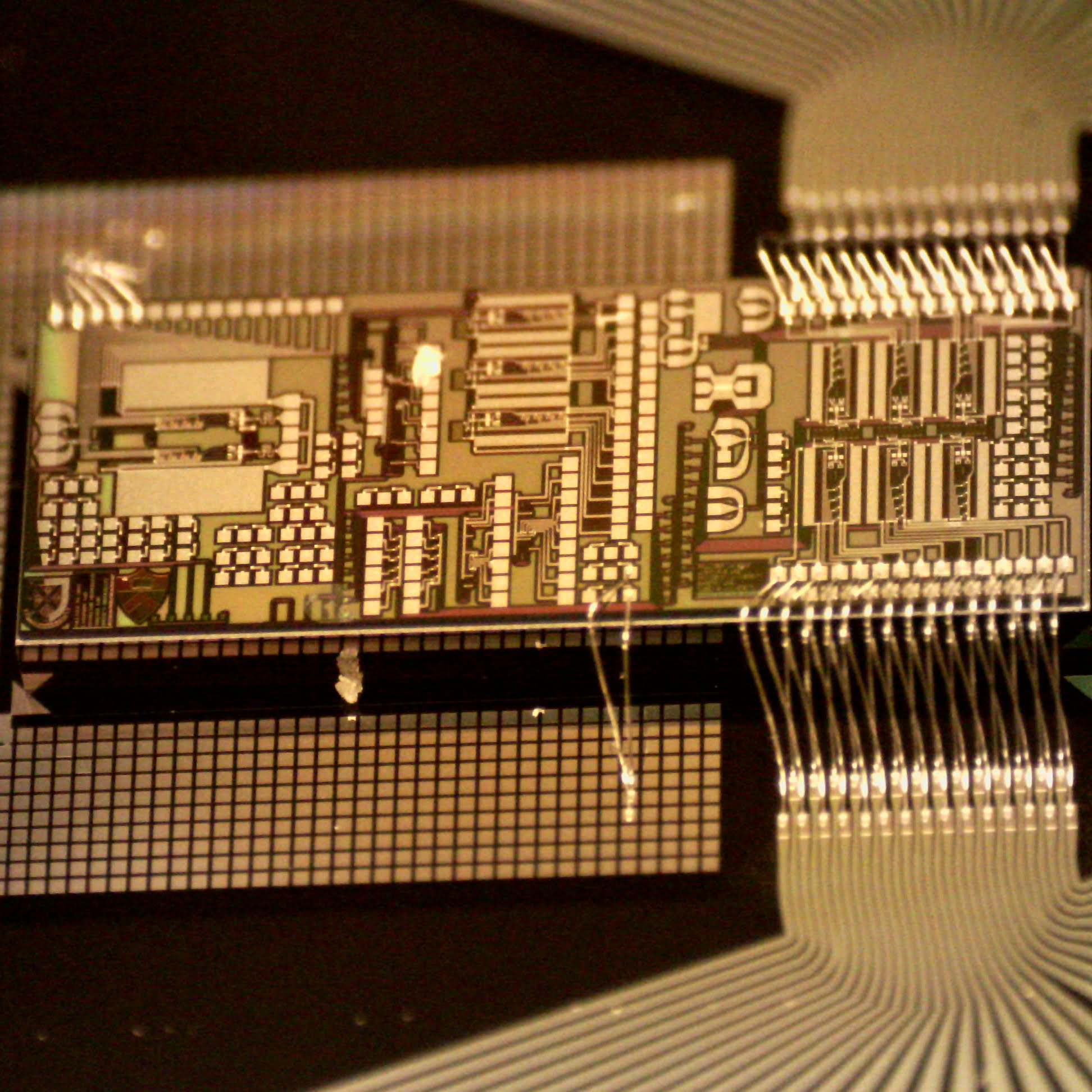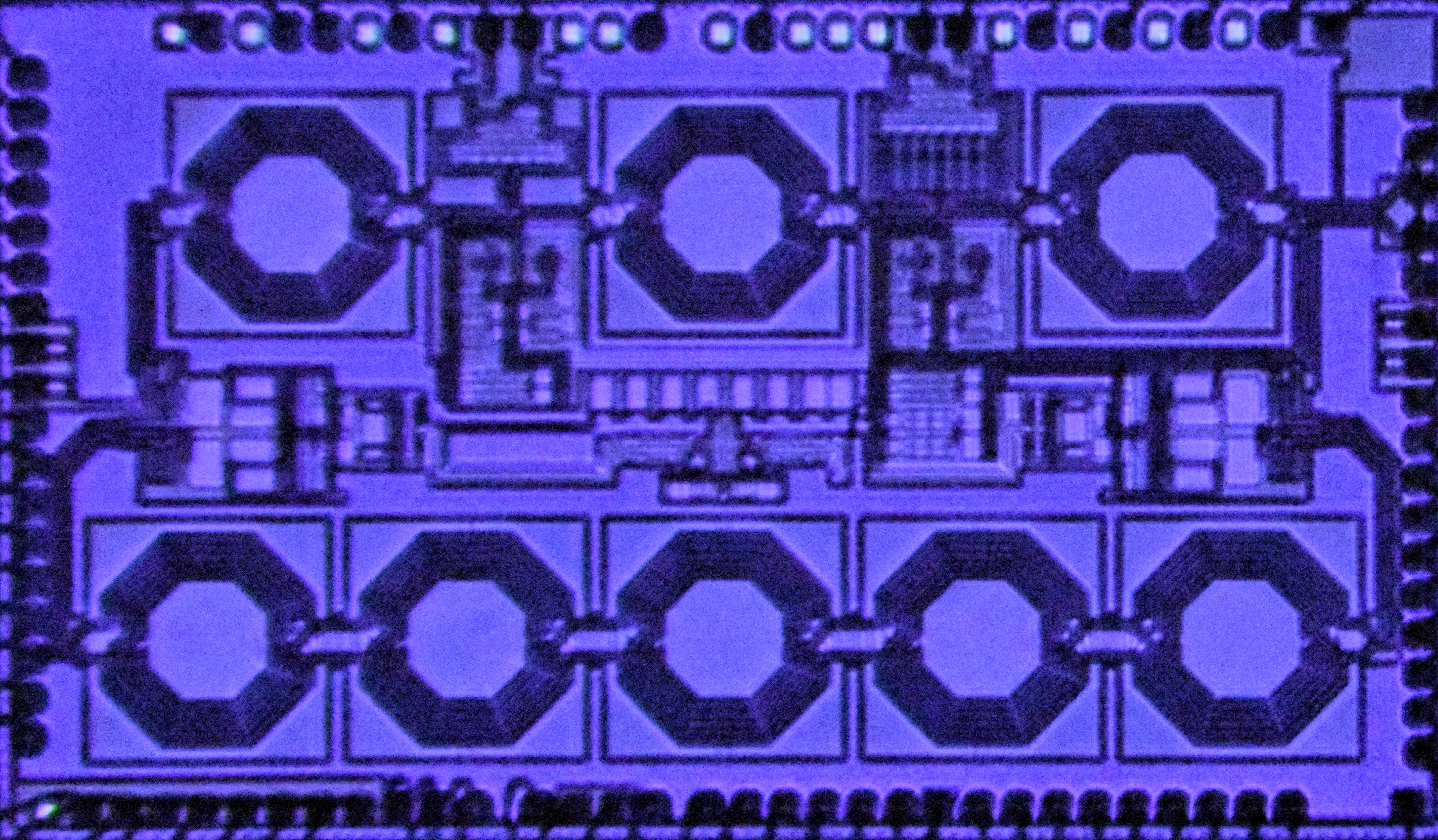Researchers at Columbia Engineering’s Lipson Nanophotonics Group have created visible lasers of very pure colors from near-ultraviolet to near-infrared that fit on a fingertip. The colors of the lasers can be precisely tuned and extremely fast – up to 267 petahertz per second, which is critical for applications such as quantum optics. The team is the first to demonstrate chip-scale narrow-linewidth and tunable lasers for colors of light below red — green, cyan, blue, and violet.
Tag: chip

Teaching photonic chips to learn
A multi-institution research team has developed an optical chip that can train machine learning hardware.
A new neuromorphic chip for AI on the edge, at a small fraction of the energy and size of today’s compute platforms
An international team of researchers has designed and built a chip that runs computations directly in memory and can run a wide variety of AI applications–all at a fraction of the energy consumed by computing platforms for general-purpose AI computing. The NeuRRAM neuromorphic chip brings AI a step closer to running on a broad range of edge devices, disconnected from the cloud, where they can perform sophisticated cognitive tasks anywhere and anytime without relying on a network connection to a centralized server.
Pushing the Boundaries of Moore’s Law: How Can Extreme UV Light Produce Tiny Microchips?
Some analysts say that the end of Moore’s Law is near, but Patrick Naulleau, the director of Berkeley Lab’s Center for X-Ray Optics (CXRO), says that it could be decades before the modern chip runs out of room for improvement, thanks to advances in materials and instrumentation enabled by the CXRO.

Story Ideas from Johns Hopkins Medicine
During the COVID-19 pandemic, Johns Hopkins Medicine Media Relations is focused on disseminating current, accurate and useful information to the public via the media. As part of that effort, we are distributing our “COVID-19 Tip Sheet: Story Ideas from Johns Hopkins” every other Tuesday.

“One-Way” Electronic Devices Enter the Mainstream
Columbia engineers are the first to build a high-performance non-reciprocal device on a compact chip with a performance 25 times better than previous work. The new chip, which can handle several watts of power (enough for cellphone transmitters that put out a watt or so of power), was the leading performer in a DARPA SPAR program to miniaturize these devices and improve performance metrics.